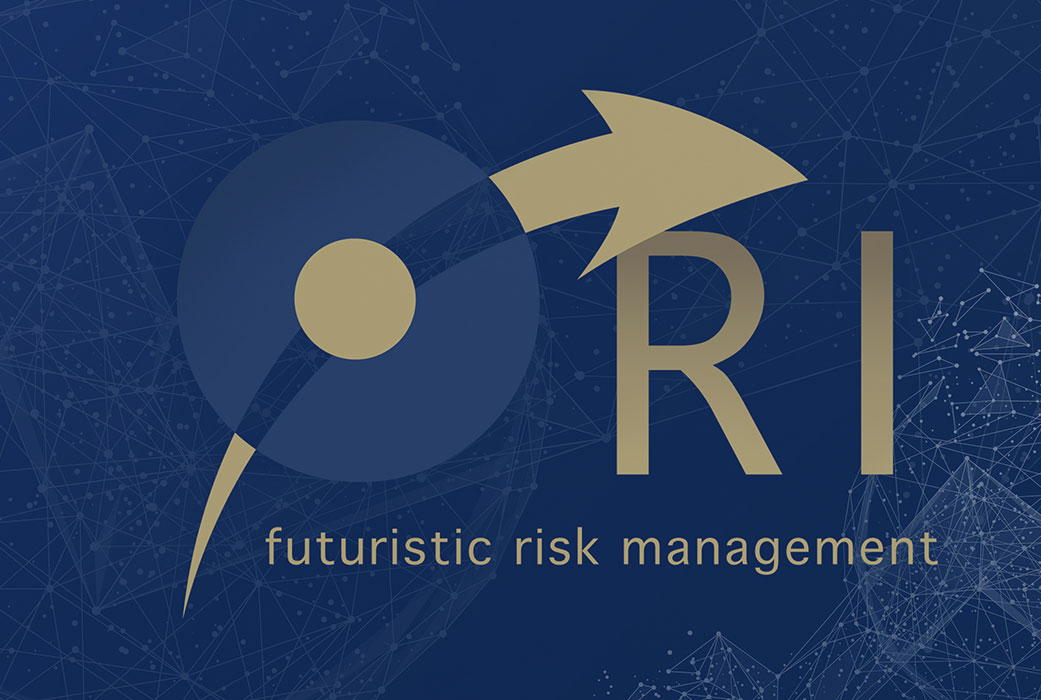RESPONSE TO THE EMERGENCY BUDGET JUNE 2020
The tough supplementary budget from the Finance Minister – and his warning that, despite interventions, unemployment remains a major challenge – is ample illustration of the risk knife-edge that South Africa is sitting astride. His assessment comes as our official unemployment rate has climbed to over thirty percent and will worsen once the lockdown numbers are calculated for the second quarter.
I welcome the R100-billion that has been set aside for what he terms a multi-year comprehensive response to the jobs emergency, as well as the President’s job creation and protection initiative. But the debate also has to move internally. So, as we sit at the edge of a jobs precipice, organisations – both in the public and private sector – also need to start thinking differently about new and unknown risks attached to employment.
I’d suggest that sick-pay programmes need to be revisited, to make sure both the company and the employee are properly protected. And there is no doubt that as South Africa moves beyond 100 000 infections and 2000 tragic deaths, the cost of providing healthcare and disability and life insurance is going to increase exponentially.
Risk units have to insist that boards of directors are aware of what will inevitably be a steep change in cost-structure dynamics. Conversely, directors have a duty to make sure their risk professionals are educated and fully up to speed with all critical issues on the employment front. They have a duty to make sure that key strategies are not only developed but constantly revisited, as the pandemic charts towards its peak and eventual decline. The bottom line of most companies – the world over and at home – is being negatively impacted, and absence of key staff is already having an impact on delivery and output. Therefore, it is vital that key employees and positions for which backup is needed are evaluated. This means cross-training programmes need to be developed. The Finance Minister is absolutely right when he says unemployment is the country’s greatest challenge right now. Proper internal-risk programmes can go a long way towards mitigating further corporate haemorrhaging.


